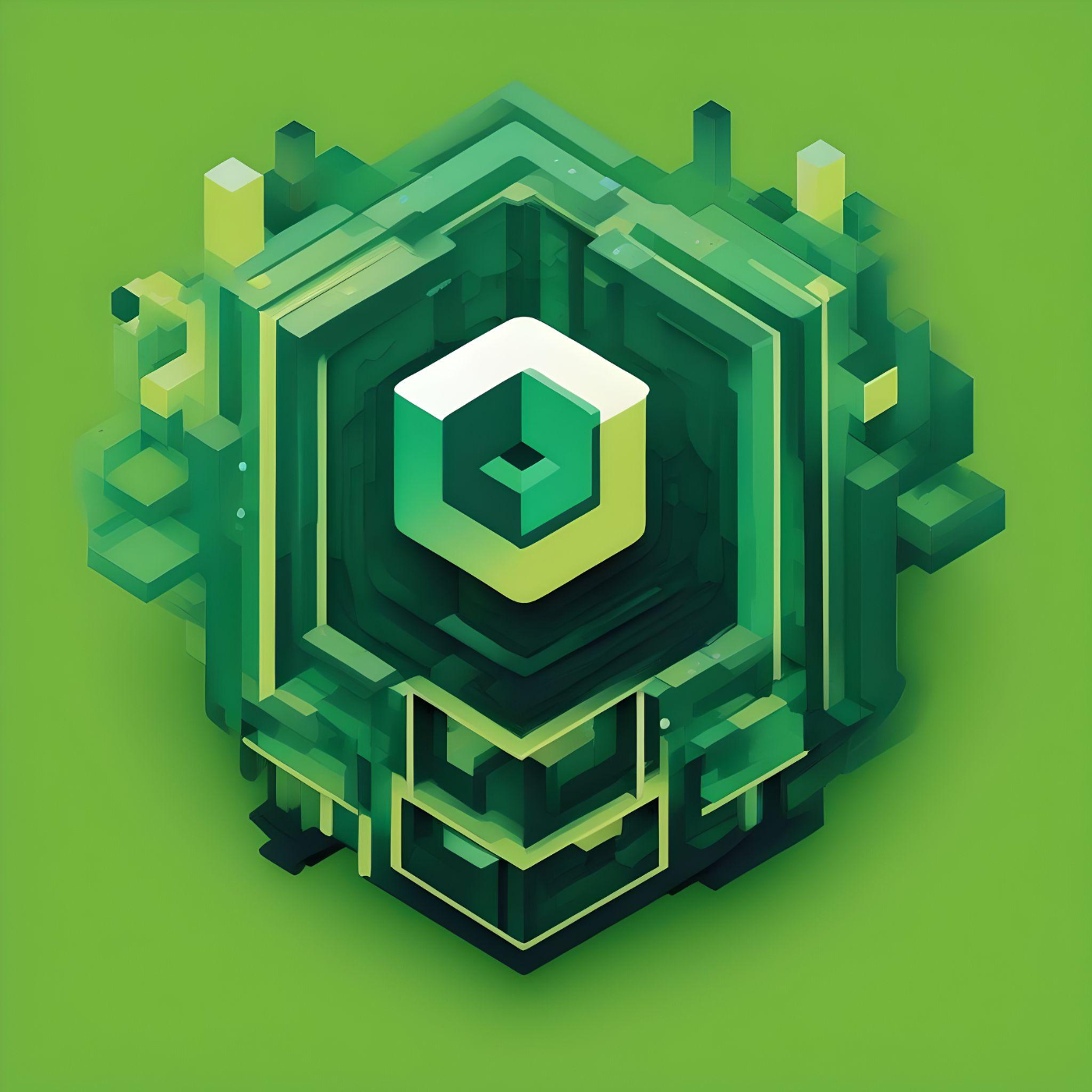251 reads
Semantic Mapping Framework
by
February 19th, 2024

Efficiently exploring and navigating large solution spaces at HeuristicsSearch.Tech
About Author
Efficiently exploring and navigating large solution spaces at HeuristicsSearch.Tech

Efficiently exploring and navigating large solution spaces at HeuristicsSearch.Tech
Efficiently exploring and navigating large solution spaces at HeuristicsSearch.Tech